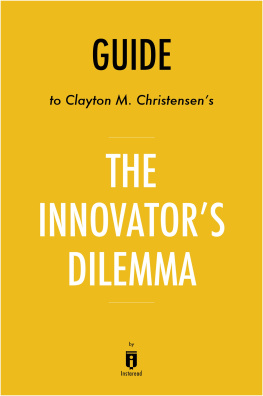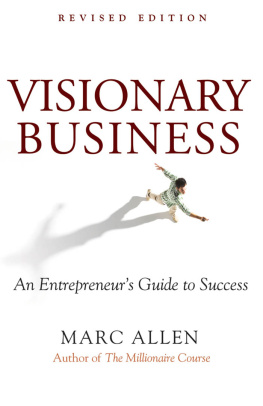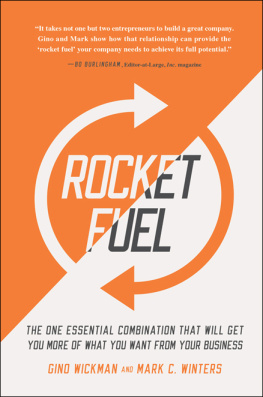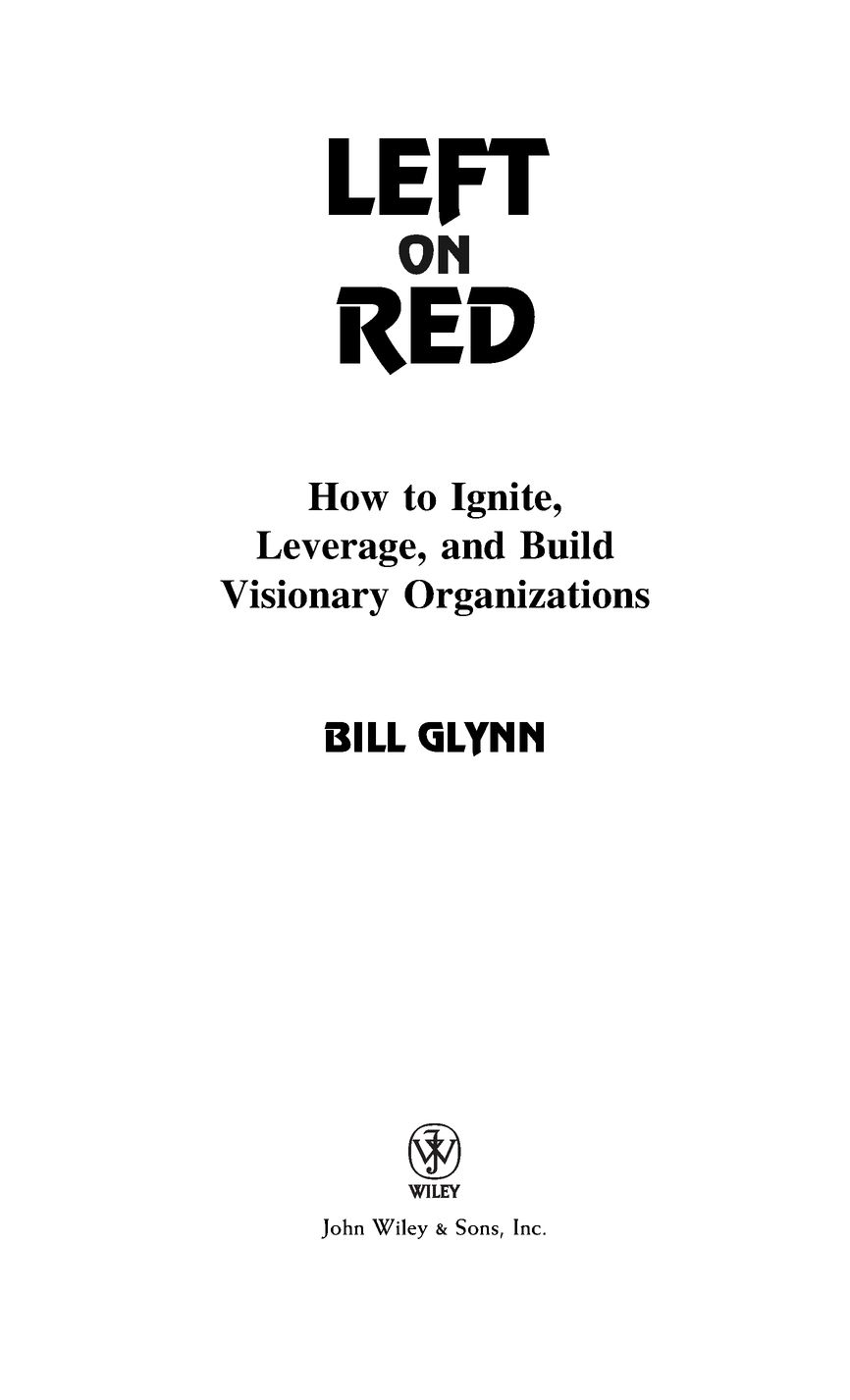Table of Contents
Praise for Left on Red
Bill Glynn has a unique ability to cut through the clutter and immediately identify what the key issues are facing businesses, executives, and entire industries, and solve them in real time. He can be brutally frank and about as subtle as a sledgehammer but it is impressive how many times he turns out to be right.
Thomas Tull, CEO, Legendary Pictures
In all my years of doing business with some of the worlds greatest leaders and most creative personalities, Billy Glynn is one of the smartest executives Ive met. Left on Red is a manual for those who think differently.
Joel Katz, Media Icon
Innovation is a way of life. To achieve it, companies must unlock the potential of their employees and surround themselves with thought leaders, allowing everyone to think differently.
Glenn Armstrong, VP Business Innovation, Amway
Billy Glynns Left on Red is exactly what America needs right now to accelerate change and innovation.
Tony Jeary, Strategic Facilitator and Coach to the Worlds Top CEOs
Zone in. You dont want to miss a thing here, lose your head, or worse, risk being left behind.
Greg Ray, CEO, International Speakers Bureau
ACKNOWLEDGMENTS
Thank God for lifes canvas that I am fortunate to paint on.
Most notably I honor my wife, Brittany, who has made my life worth living, and her family for their love and grace. My mom, father, and sister, relatives and the Sunday Morning Breakfast Club that helped me become who I am.
A special thanks goes out to so many who have inspired me over the years. Thank you so much, Thomas Tull, for everything. Joel Katz, Arthur Maxwell, David Argay, Jon Nieman, Barry Landis, Don Perry, Jay Allen and so many more I couldnt possibly name them all here, thanks to you, too.
This book would not have been possible without the maverick thinkers, excellent editors, and team at John Wiley & Sons. My personal thanks to Matt Holt and Jess Campilango for giving me a voice and Tammy Kling at The Writers Group for her collaboration in helping my words come alive on these pages.
FOREWORD
As the twentieth century ended, it was becoming clear that the old way of looking at the world and its business opportunities was no longer useful.
During the 1990s, a group of young entrepreneurs rewrote the rules for starting and growing companies. (Now, it is important to note that they didnt get every attempt right, so we saw many start-ups go down in flames. My take on their failure was that they had incomplete business DNA: lots of genetic material for great ideas but big gaps of missing how to run a business genetic code.)
From that seething sea of radical change, great companies appeared and are now worth billions and hundreds of billions of dollars. Here is just the short list: AOL, Amazon, eBay, and Yahoo!
Something else also changed during this time that is worth noting. Many of us remember the Jack Welch/GE era of success based on dominance in your marketfirst or second or get out. The trouble with Welchs philosophy is that it trained those who applied it to see the world in an ever tighter focuscreating a special kind of tunnel vision if you will.
Tunnel vision has a great short-term advantage because it keeps everyone concentrated on one thing. That gives an organization determined commitment and clarity of purpose. But that very advantage turns into a dangerous disadvantage in the long term. By looking at the future through a tube, these companies were blocked, by that same tube, from seeing an array of unintended consequences that were forming off to the sides. And, even worse, they could not see opportunities that they would have seen had they been in specific markets in even a marginal way. The inability to see those consequences and miss emerging markets was a direct result of tunnel visionextreme focus on one thing!
As you read Left on Red, you will see the remedy for tunnel vision through Billy Glynns stories and philosophy. Its what I call funnel vision.
Think of a kind of time funnel situated in the present that extends into the future, narrow at first and then widening as it reaches into the future. You, as a leader, as an entrepreneur, sit in the present tense at the narrow end. Now, instead of having your vision constricted by a tunnel view, you can see a much wider array of alternatives in front of you. You see not just your strategic target in the center of your vision, but you can also see, surrounding your target, possible actions, events, and consequences that are unfolding as you lead your organization toward its vision.
With this wider perspective, you stay on target with what you had determined was valuable yet still see what is happening at the margins, at the edges.
Learning to look at your opportunities this way is one of the benefits of Left on Red. Where do the new great ideas come from? Billy Glynn will show you.
How did Microsoft miss Google? Billy Glynn will help you understand.
Billy Glynn has funnel vision in abundance. Every time I have conversed with Billy about an idea, he has almost immediately understood not just the value of the idea itself, but also the importance of the edges, the periphery of the idea. And, the cascade of consequences that comes with it.
This capacityto see widely as you look toward the futureis invaluable if you want to start a new company, develop a new idea, lead a revolution.
Left on Red is a book about how to better see the business opportunities of the twenty-first century. It is filled with examples of the way Billy Glynn attacks an idea and explores its implications. What Billy has done with his book is given you a chance to see how his mind works. Again and again he offers insights into how you can see new opportunities and evaluate new opportunities that can form the basis for new businesses.
I will warn you that you may not agree with all of Billys dictums. But that is not important. What is important is that he shares with you the sharp, incisive mentality of a twenty-first century entrepreneur. I am sure of this: You will learn things about starting a business you never knew before.
And thats worth its weight in gold.
Joel Barker
Futurist, Filmmaker, Inventor
I
The Visionary
GETTING IT
The grand play of life goes onand you can contribute a verse. What will yours be? Who will remember you and what you have done?
On January 2, 1897, Ragnar Sohlman, a chemical engineer in his twenties, was shocked to read the published last will and testament of his employer, Alfred Nobel. Ragnar had worked in Nobels laboratory in San Remo, Italy, for three years. His boss was Swedens most famous visionary, a millionaire who had received patents for his groundbreaking invention of dynamite. Nobel produced dynamite on a large scale across the globe during an era of massive infrastructure development of tunnels, bridges, commercial buildings, ports, and railways, where extensive blasting was needed.













